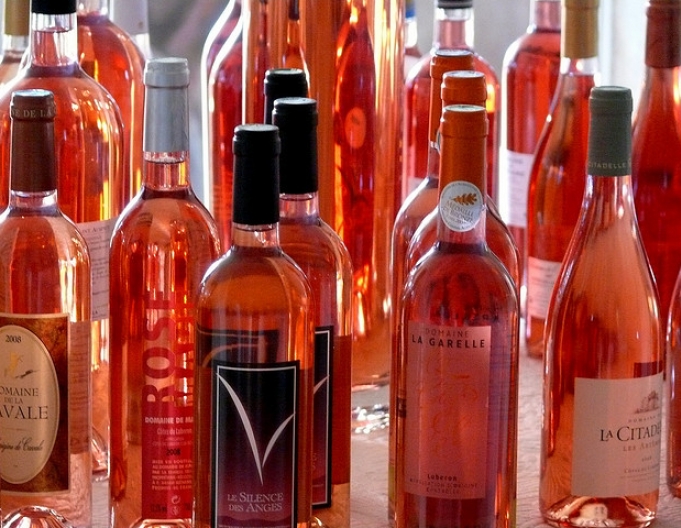Rosé On The Rise As More French Wine Drinkers Prefer Pink
While red and white continue to be the most common colors for wine, pink is starting to gain ground. In France, the world’s leading producer of rosé wine, sales are up thanks to increases in both consumption and price.
The wine industry may be struggling worldwide, but in France, one particularly variety is sitting pretty – in pink. Domestic sales of rosé wine have more than doubled over the past 20 years. And interest in the peach-colored beverage is catching on abroad as well.
Already, nine out of 10 French wine consumers say they sometimes opt for rosé. In supermarkets and restaurants, roughly one of every four wine bottles sold is rosé, and nearly all of the country’s gourmet restaurants put it on their menu.
What is more surprising is that sales jumped – up 22% over the past year – even as prices increased, by 10% for basic table wines and by 13-14% for bottles whose labels display the wine’s grape variety and origin. The price increases were justified by the fact that the past two harvests were rather poor and led to relatively modest production levels.
France is the world’s leading rosé producer, accounting for roughly 30% of global production. Other major rosé producers are Italy, Spain and the United States. France’s top rosé region is Provence, where annual production is the 150 million bottle range.
Exports from France have grown too. Rosé consumption is especially high in northern European countries. What’s more, rosé is a wine that suits all seasons. While red continues to be the most popular color of wine worldwide, rosé has actually outpaced it over the past few years in terms of production and sales increases.
Rosé seems to match today’s new lifestyles, where meals are often simple and less formal than they used to be, according to Vins de Provence (Wines of Provence), a producers’ association. “Rosé wine’s coolness goes perfectly well with the way gastronomy is seen nowadays, freed from rules and regulations,” according to the group. The Provence producers are now hoping rosé’s rising numbers “prove to be a trend, rather than a fad.”
